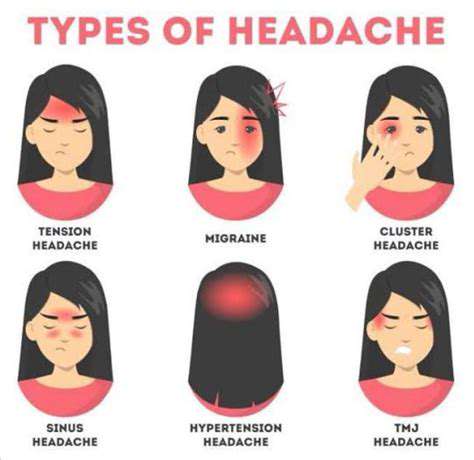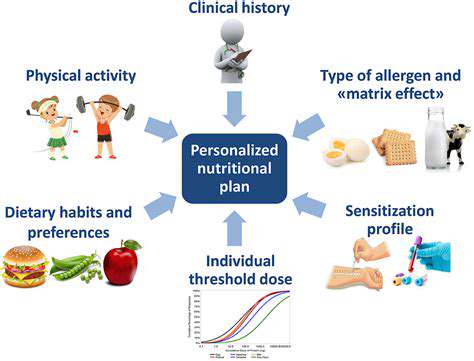
Hidden Glutamate's Prevalence in Modern Diets
Modern diets increasingly rely on glutamate, a naturally occurring amino acid, as a flavor booster in processed foods. Most consumers remain unaware of its widespread use, unknowingly consuming significant amounts daily. Recognizing where glutamate hides in our food supply empowers better dietary decisions.
From canned soups to snack foods, manufacturers add glutamate to intensify savory flavors. While this creates appealing taste profiles, health experts question the long-term consequences. The sheer number of products containing disguised glutamate makes label reading an essential skill for health-conscious shoppers.
Potential Health Impacts of Excessive Glutamate Consumption
Though our bodies require glutamate for normal function, overconsumption from processed foods may trigger unwanted effects. Emerging research examines connections between high glutamate intake and neurological discomfort, digestive disturbances, and aggravated medical conditions.
Sensitivity varies dramatically between individuals. Some people report immediate reactions like migraines or fatigue after eating glutamate-rich foods, while others notice no effects. Tracking personal responses helps identify individual tolerance levels.
Glutamate and its Role as a Flavor Enhancer
Food manufacturers prize glutamate for its unique ability to amplify savory tastes. This compound acts as nature's flavor potentiator, transforming bland processed items into crave-worthy products.
The enhanced taste experience explains why glutamate-containing foods dominate supermarket shelves and why consumers frequently choose them over simpler alternatives.
Identification of Glutamate in Food Labels
Spotting glutamate requires vigilance since it appears under multiple names on ingredient lists. Manufacturers often use scientific or obscure terms that conceal its presence from untrained eyes.
Watch for monosodium glutamate (MSG), autolyzed yeast extract, and hydrolyzed vegetable protein. Becoming fluent in these alternative names represents the first defense against unwanted glutamate consumption.
Alternatives and Mitigation Strategies
Reducing glutamate exposure doesn't require drastic measures. Simply prioritizing fresh, whole foods over processed options naturally limits intake.
A diet centered on seasonal produce, quality proteins, and homemade meals provides optimal nutrition while minimizing exposure to questionable additives. When purchasing packaged goods, selecting items with recognizable ingredients makes avoidance easier.
Impact on Food Industry Practices
Consumer awareness drives gradual reformulation of processed foods. Some manufacturers now advertise No MSG labels or experiment with alternative flavor systems.
While industry changes move slowly, educated shoppers voting with their dollars accelerate the shift toward cleaner ingredient lists. Continued pressure ensures this trend toward transparency continues.
Consumer Responsibility and Informed Choices
Ultimately, food choices remain personal decisions requiring individual accountability. Understanding glutamate's prevalence enables conscious consumption rather than accidental overexposure.
Developing the habit of scanning ingredient lists, recognizing glutamate aliases, and choosing simpler alternatives puts control firmly in consumers' hands. This knowledge transforms grocery shopping from a passive activity into an active health-protection strategy.
Outdoor wooden furniture endures constant environmental assaults that gradually degrade its appearance and structural integrity. Sunlight's UV radiation bleaches finishes and weakens wood fibers, creating cracks and faded surfaces. Moisture from rain or humidity invites destructive mold colonies and causes wood to swell unpredictably. The seasonal expansion and contraction from temperature extremes further stresses materials, leading to warping and splitting that often requires professional restoration.
Recognizing the Symptoms: Beyond the Headache

Recognizing Early Warning Signs
Early symptom detection separates minor issues from major problems. Whether considering health, mechanical systems, or financial matters, subtle initial signs frequently precede significant difficulties. Developing sensitivity to these early warnings prevents minor concerns from escalating into full-blown crises. This awareness often makes the difference between simple solutions and complex repairs.
Warning signals manifest differently across contexts. A faint dripping sound may indicate developing plumbing issues, while repeated small budget overages could foreshadow financial trouble. Attending to these quiet alarms provides the opportunity for timely, less disruptive interventions.
Understanding the Underlying Causes
Effective problem-solving requires moving beyond symptoms to identify root causes. This investigative process might involve tracking patterns, consulting references, or seeking expert evaluation. Sometimes causes hide beneath layers of secondary effects, requiring patient analysis to uncover.
The search for origins often reveals surprising connections between seemingly unrelated factors. Environmental conditions, behavioral patterns, and systemic flaws frequently interact in unexpected ways to create observable problems.
Developing an Action Plan
Strategic planning converts problem awareness into effective solutions. Quality plans outline specific, measurable actions with realistic timelines and clear accountability. Anticipating potential obstacles during planning prevents derailment during implementation. Well-structured approaches yield better outcomes than haphazard attempts.
Evaluating Progress and Making Adjustments
Regular assessment ensures solutions remain on track and effective. Establishing measurable indicators allows objective evaluation of whether interventions produce desired results. Flexibility to modify approaches based on real-world feedback often determines ultimate success. The willingness to adjust strategies distinguishes effective problem-solvers.
Seeking Support and Collaboration
Complex challenges frequently benefit from multiple perspectives. Consulting specialists, gathering team input, or researching others' experiences provides valuable insights unavailable to isolated individuals. Collaborative problem-solving often generates more robust solutions than solitary efforts.
Requesting assistance demonstrates wisdom, not weakness. It acknowledges that collective knowledge surpasses individual understanding and that shared effort achieves what personal struggle cannot.
